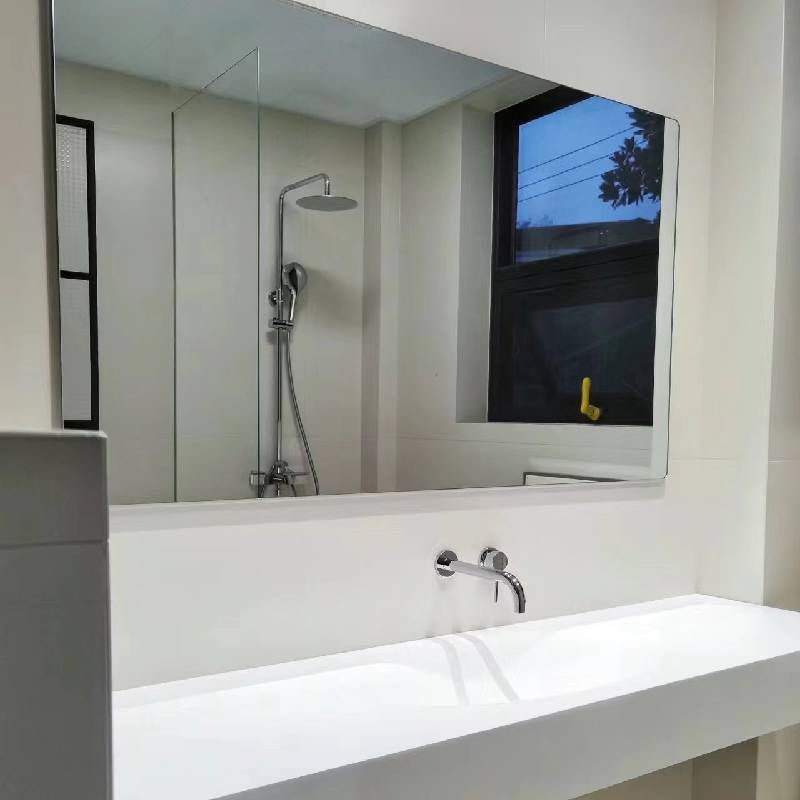

Low-E (Low Emissivity) glass has revolutionized the construction and architectural industries by providing enhanced energy efficiency and superior comfort in buildings. This innovative type of glass is designed to minimize the amount of infrared and ultraviolet light that can pass through it without compromising the amount of visible light transmitted. This unique property makes Low-E glass an ideal choice for both residential and commercial applications, offering a range of benefits that are becoming increasingly important in today's energy-conscious world.
One of the most significant advantages of Low-E glass is its ability to enhance energy efficiency. Traditional glass windows allow significant amounts of heat to enter and escape a building, leading to increased energy consumption for heating and cooling. In contrast, Low-E glass is coated with a microscopically thin layer of metallic oxides that reflect thermal radiation. This reflection helps to keep indoor spaces warmer in the winter by reducing heat loss, while also reflecting unwanted solar heat in the summer, thereby keeping indoor spaces cooler. The result is a significant reduction in energy costs, which can be particularly beneficial in regions with extreme temperatures.
Comfort is another critical factor that Low-E glass addresses. By controlling solar heat gain and reducing drafts, it creates a more stable indoor environment. This is particularly beneficial in spaces with large windows or skylights, where occupants can enjoy natural light without the discomfort of excessive heat. Moreover, Low-E glass helps reduce glare, making it easier for occupants to work or relax without straining their eyes. The result is a more pleasant living and working environment, contributing to overall well-being.

Furthermore, Low-E glass offers improved UV protection. Standard glass allows a significant amount of ultraviolet radiation to enter buildings, leading to fading and damage to furniture, artwork, and flooring. Low-E coatings effectively block a substantial percentage of harmful UV rays, helping to preserve the integrity of interior furnishings and finishes. This extended life of decor and furnishings can lead to substantial savings over time, making Low-E glass a smart investment for property owners.
The versatility of Low-E glass also deserves mention. It comes in various types, suitable for different applications, including double-glazed and triple-glazed units. This flexibility ensures that architects and builders can incorporate Low-E glass into a wide array of designs, from modern homes to historic buildings, without compromising aesthetics or structural integrity.
In summary, Low-E glass is more than just a building material; it represents a significant step toward creating energy-efficient, comfortable, and sustainable living spaces. Its benefits of enhanced energy efficiency, reduced environmental impact, increased indoor comfort, UV protection, and versatility make it an ideal choice for contemporary construction. As the world becomes increasingly aware of the importance of sustainable building practices, Low-E glass is poised to play a crucial role in shaping the future of architecture and construction. By investing in Low-E glass, builders and homeowners are not only improving their properties but also making a positive impact on the environment — a win-win situation for all.